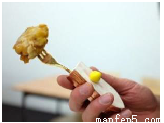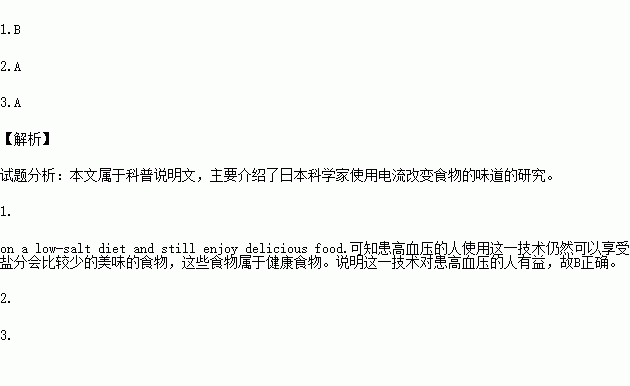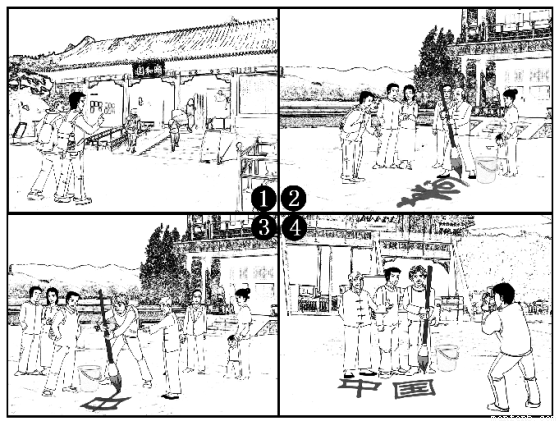题目内容
阅读下列短文,从每题所给的A、B、C、D 四个选项中,选出最佳选项.

Do you know electricity can change the way we taste food? Proving this fact is a revolutionary electric fork designed by Japanese researchers that can make any dish taste salty.
According to Hiromi Nakamura, a Post Doc Research Fellow at
Tokyo’s Meiji University, the technology can be very useful for people on
special diets. Patients with high blood pressure, for instance, can easily go
on a low-salt diet and still enjoy delicious food. And with the fork, there’s absolutely no risk of over-salting their food. Luckily, the voltage(电压) is so small that there is no risk of electrocution(触电) either.
The idea of adding electricity to food was first exposed as an experiment at the Computer
Human Interaction Conference in Austin, Texas, in 2012. Nakamura and her team connected a wire
to a 9-volt battery and passed it through a straw placed in a cup of sweet lemonade. Volunteers
reported that the charged lemonade tasted ‘blander’, because the electricity created the taste of salt.
Nakamura has improved the technology to be able to transfer an electric charge to food through
forks and chopsticks. “The metallic part of the fork is one electrode(电极), and the handle is the
other,” Nakamura explained. “When you take a piece of food with the fork and put it in your mouth,
you connect the circuit. When you remove the fork from your mouth, you disconnect the circuit. So
it actually works as a switch.”
Simon Klose, host of food program Munchies, who recently visited Nakamura to try out the
fork himself, called this form of ‘food hacking’ one of the greatest eating experiences he’d ever had.
“When I first heard of electric food, it sounded scary,” he said. He later continued to use a charged
fork to eat pieces of fried chicken, and found that the saltiness considerably increased as the electricity was connected.
Nakamura has been eating ‘electric’ food for the past three to four years in an attempt to
understand it better. “For me, ‘food hacking’ is about strengthening or weakening real food,” she
said. “It may seem like we’re cooking but we’re actually working on the human senses.”
1.The electric fork may benefit people who__________.
A. need to go on a diet B. have high blood pressure
C. prefer food free of salt D. show interest in tasty food
2. Paragraph 4 mainly tells us _________.
A. how the electric fork works
B. what makes the circuit connected
C. how the technology was improved
D. why the electric fork was invented
3. From the passage, we learn that the electric fork______.
A. creates virtual taste B. changes people’s diets
C. helps cure diseases D. replaces salt in cooking
 阅读快车系列答案
阅读快车系列答案

